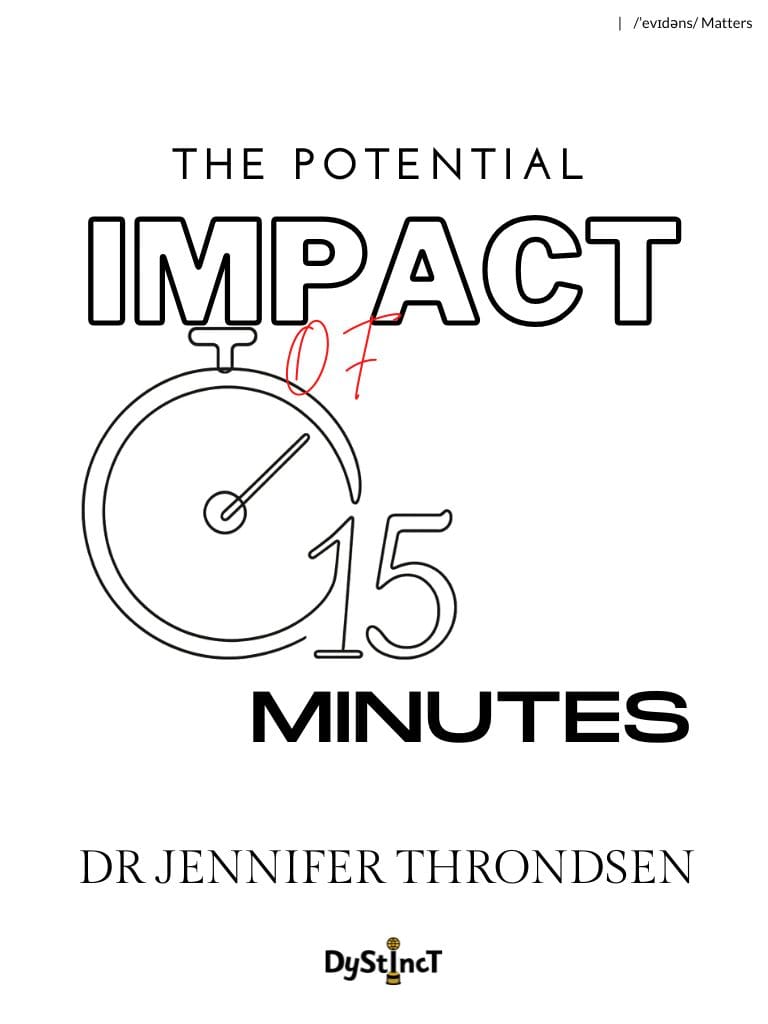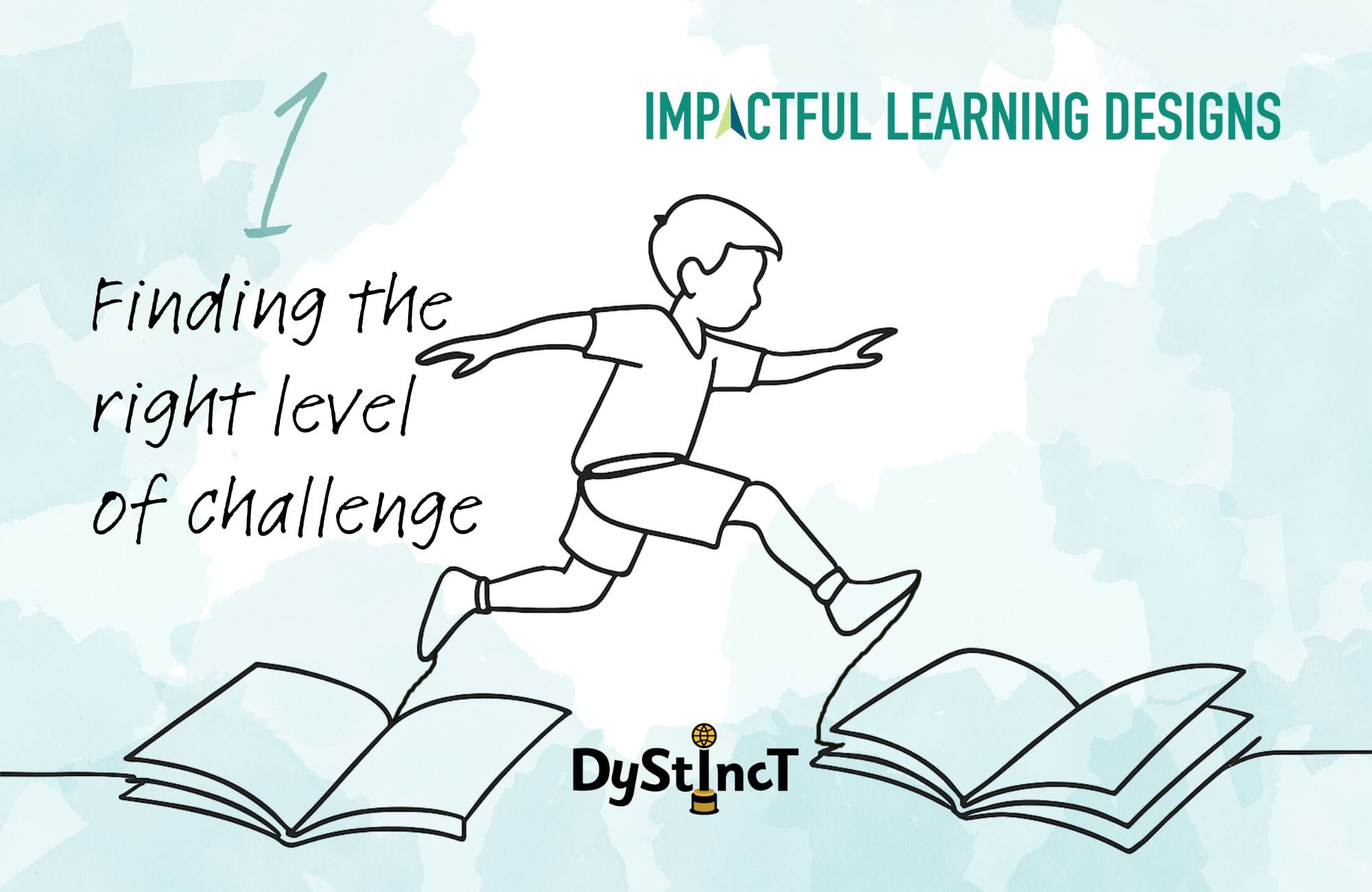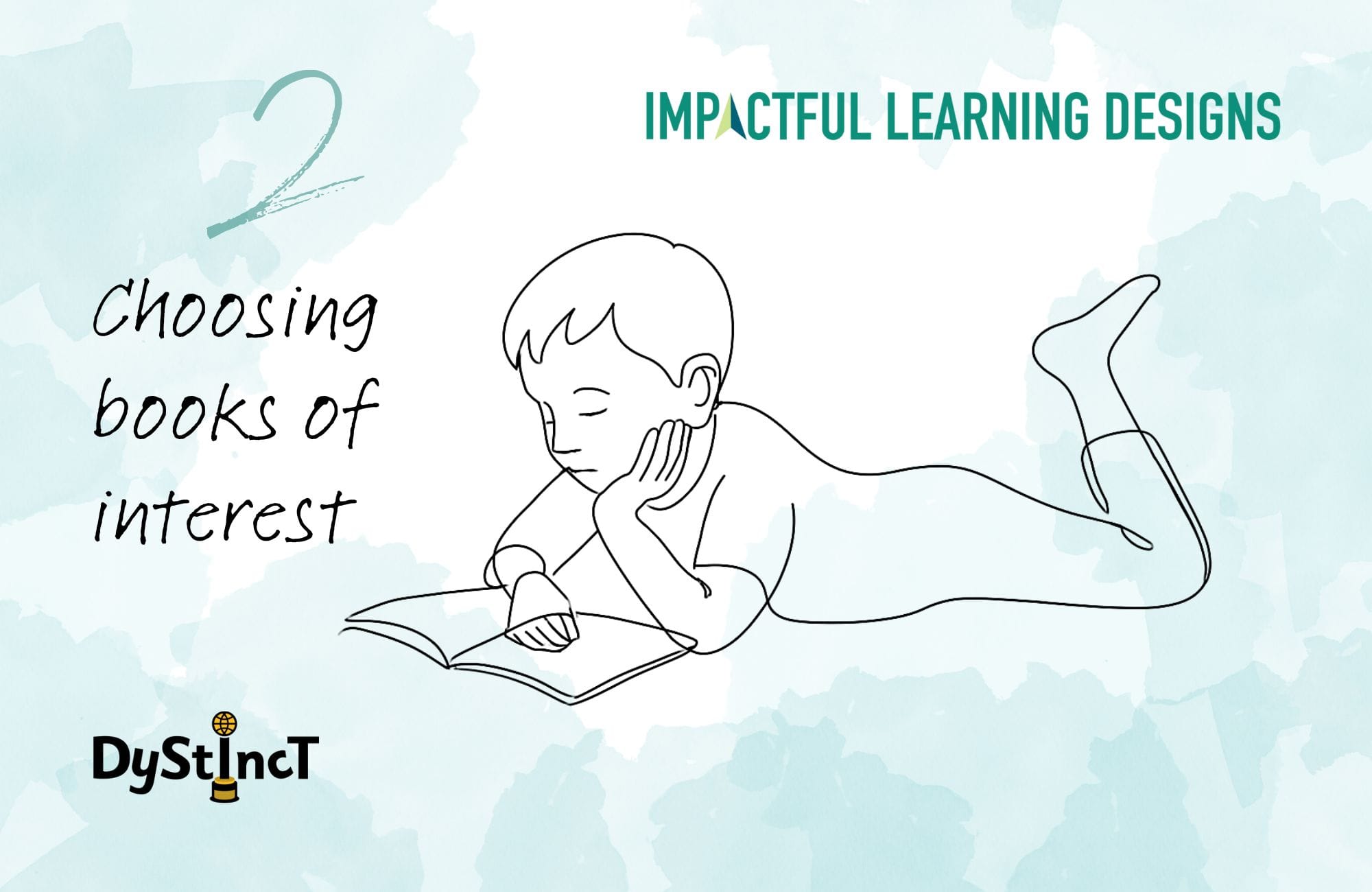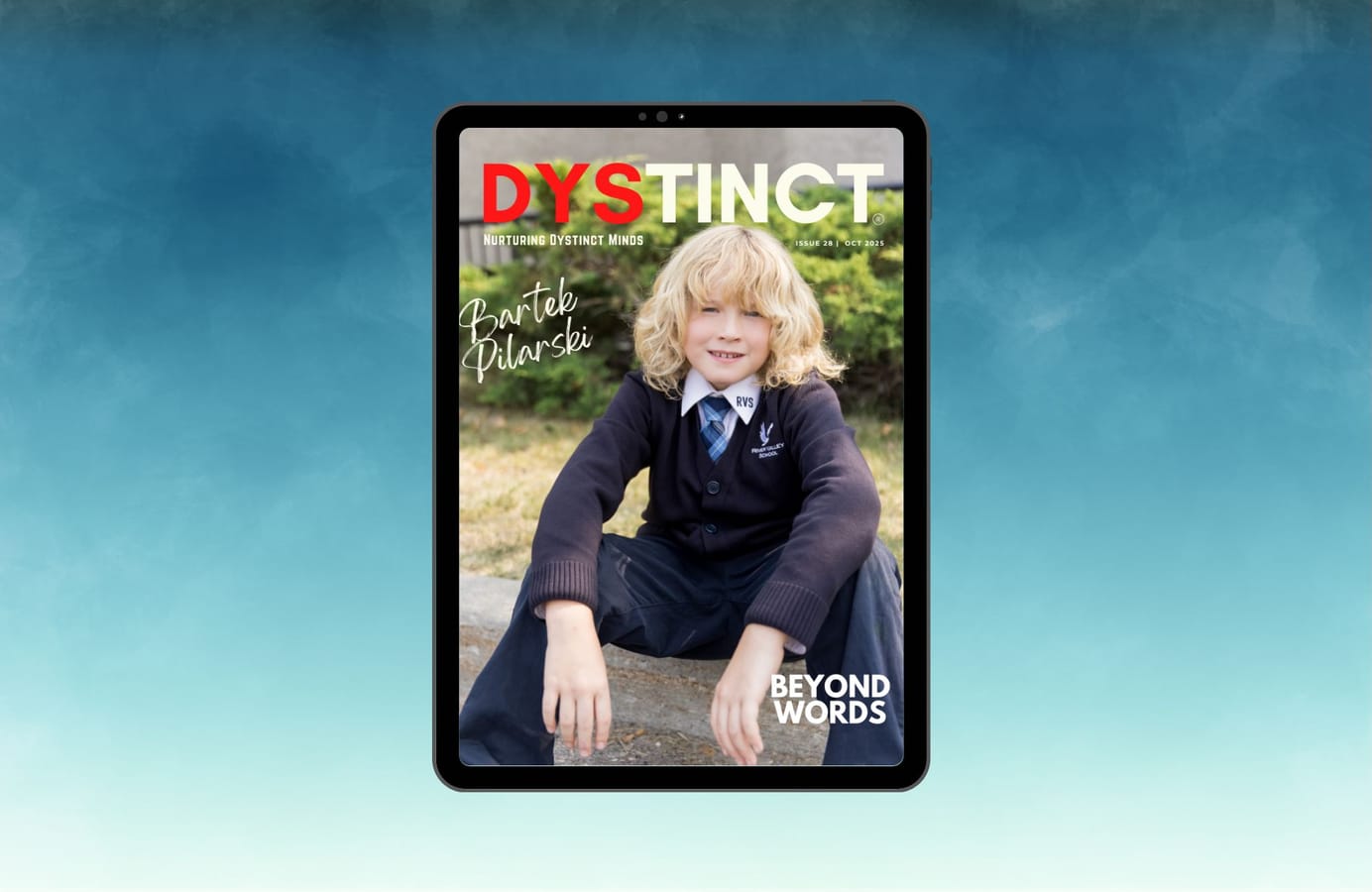
Issue 27: The Potential Impact of 15 Minutes | Dr Jennifer Throndsen
Dr Jennifer introduces dyad reading, a simple and evidence-based strategy where a stronger reader and a developing reader read aloud together, showing how just 15 minutes a day with appropriately challenging text can significantly boost fluency, comprehension, and confidence in struggling readers.

What if just 15 minutes a day could transform your child's reading ability, boosting progress by two to three years in a single year? It's possible with a simple technique called dyad reading.
Dyad reading is a reading intervention parents and educators can use with students in grade 2 and up to grow their reading skills. It is derived from the Neurological Impress Method (Heckelman, 1969), in which an adult tutor and a developing reader chorally read a challenging text, yielding an average increase of two grade levels after only seven and a half hours of intervention. It was then adapted by Eldredge and Quinn (1988) to use student pairings instead of adult tutors, allowing the practice to be used in the whole-group classroom setting. Since then, additional evidence of impact has shown that using more challenging text with the scaffolding of a more capable reader can accelerate reading progress, including word recognition, comprehension, and reading fluency (Morgan, Wilcox, & Lloyd, 2000; Burns, 2007; Sindelar, Monda, & O'Shea, 1990; Turpie & Paratore, 1995).
Beyond the strong results you can expect from doing dyad reading, the best part is that it is relatively simple to implement and is a great way to turn reading into an enjoyable, shared experience. The basic underlying principle is that a stronger reader (e.g., the parent or a more capable peer) provides the scaffolding the child needs to access more challenging text through choral reading, reading aloud together in unison, with a more fluent reader.
Let us get into the steps to implementing dyad reading with your child:
Finding the right level of challenge
Finding the right level of challenge

To engage in dyad reading, first, you need to start with a more challenging text than your child can read on their own. For example, let's say you have a fourth grader, but their reading level is more similar to that of a 2nd grader. Instead of having them read at their current level, you will want to engage them in a text that is at least two or more years beyond their current reading level. In this case, a 4th-grade level text would be a great placement (Trottier Brown et al., 2018). The level of the text is the crux of dyad reading. If you do the same practice with less challenging text, you will not see the accelerated gains. So, be sure to use more difficult material.
As a parent, if you are unsure of your child's current reading level, check in with your child's teacher, as they will likely have assessment results that can give you an idea of where to start. The big idea is you want the text to be challenging - remember 2 years or more beyond their current reading level. If, for some reason, your school can't provide such information or you are a homeschool parent and don't have that metric for your child, then visit your local library and talk to a librarian. They can be a tremendous help in finding appropriate texts.
Choosing books of interest
Choosing books of interest

Now that you know the level of book to engage your child in, it is time to pick a book. A very powerful motivator for children of any age is reading books that are on topics that they find interesting or have a strong desire to read. Whether they have always wanted to read the Harry Potter series or are fascinated by dolphins, you can leverage their enthusiasm to read books they want to read. Once you have picked a book from a visit to the library or shop for books online that meet the challenge level needed, you are ready to begin.
This post is for paying subscribers only
SubscribeAlready have an account? Log in


